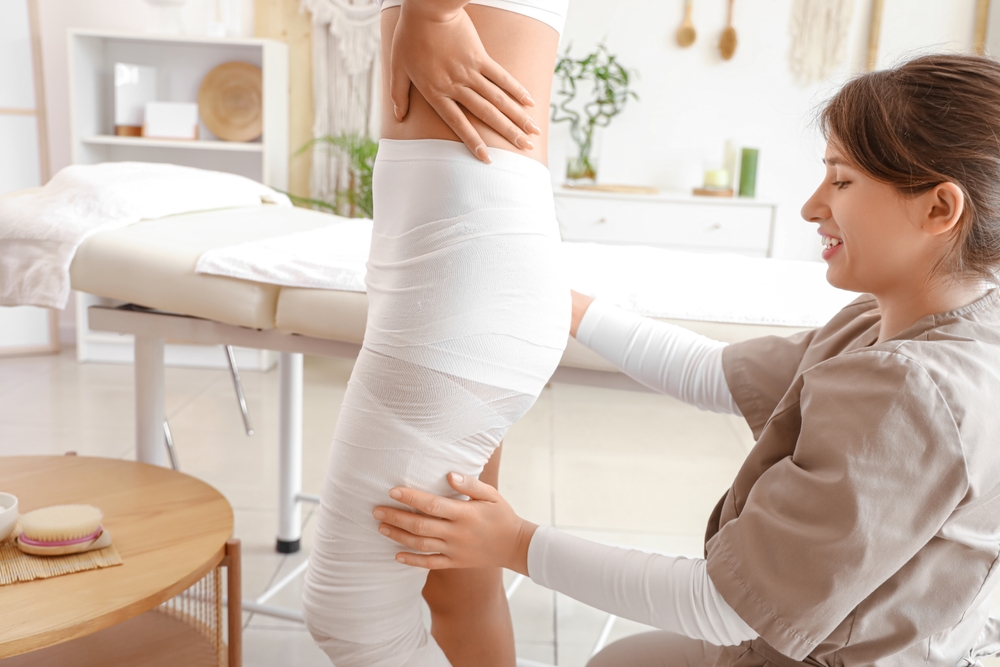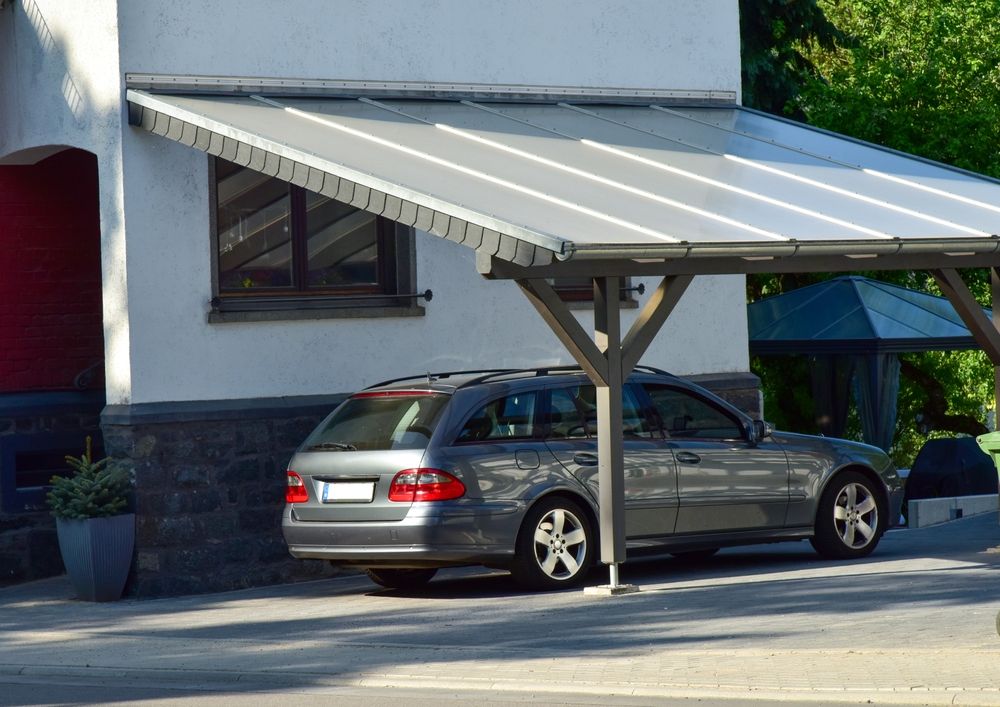Dermatomyositis is a rare inflammatory disease that affects both the muscles and skin. It can cause muscle weakness, skin rashes, and other systemic symptoms that impact quality of life. Early detection and understanding of dermatomyositis symptoms can make a significant difference in managing the disease. In this article, we’ll cover the most common symptoms, signs to watch for, and provide valuable insights on diagnosis and treatment.

What Is Dermatomyositis?
Dermatomyositis is classified as an autoimmune disorder, where the immune system mistakenly attacks healthy tissue. This condition affects both the skin and muscles, often resulting in distinctive rashes and muscle weakness. It can affect people of all ages but is most commonly diagnosed in adults between the ages of 40 and 60 and children between 5 and 15.
To learn more about dermatomyositis and its causes, visit the Mayo Clinic.
Primary Symptoms of Dermatomyositis
Dermatomyositis is characterized by several primary symptoms, including muscle weakness and skin changes. Recognizing these early signs can help in seeking timely medical intervention.
- **Muscle Weakness:** Muscle weakness, particularly in the hips, thighs, shoulders, and neck, is a hallmark symptom of dermatomyositis. This weakness often progresses over time, affecting daily activities like climbing stairs, lifting objects, and getting up from a seated position.
- **Skin Rash:** A distinctive, reddish or purple rash is often the first noticeable symptom. This rash typically appears on areas exposed to the sun, such as the face, eyelids, knuckles, and upper chest, and may be accompanied by itching and sensitivity.
For a comprehensive overview of dermatomyositis symptoms, see the article on Cleveland Clinic.
Distinctive Skin Manifestations of Dermatomyositis
Dermatomyositis presents with unique skin symptoms that can help differentiate it from other inflammatory diseases. These skin symptoms include:
- **Gottron’s Papules:** Raised, scaly bumps that appear on the knuckles, elbows, or knees. These papules are often reddish-purple and are a specific indicator of dermatomyositis.
- **Heliotrope Rash:** A reddish-purple rash that affects the upper eyelids and can cause swelling around the eyes. This is a classic symptom and often helps with diagnosis.
- **V-Sign and Shawl Sign:** These rashes develop on sun-exposed areas such as the upper chest (V-sign) and shoulders (shawl sign), often worsening with sun exposure.
To explore more skin-related symptoms of dermatomyositis, refer to Penn Medicine’s overview.
Other Common Symptoms of Dermatomyositis
In addition to muscle weakness and skin changes, dermatomyositis can affect other parts of the body. Here are some secondary symptoms:
- **Joint Pain:** Some people experience mild to moderate joint pain and stiffness, particularly in the hands, wrists, and knees.
- **Fever and Fatigue:** Chronic fatigue and occasional low-grade fever are common, especially during flare-ups of the disease.
- **Difficulty Swallowing (Dysphagia):** Muscle weakness can affect the throat muscles, leading to difficulty swallowing, choking, or a feeling of fullness in the throat.
- **Lung Complications:** In severe cases, dermatomyositis can cause interstitial lung disease, leading to symptoms such as shortness of breath and chronic cough.
These symptoms can vary from person to person, and not everyone will experience all of them. For more information, see the National Organization for Rare Disorders (NORD).
Symptoms of Juvenile Dermatomyositis
Juvenile dermatomyositis affects children and presents symptoms similar to adult cases, but with additional features unique to young patients:
- **Calcinosis:** A buildup of calcium deposits under the skin or in muscles, which can cause pain and stiffness.
- **Gastrointestinal Symptoms:** Abdominal pain, constipation, and other digestive issues are more common in children with dermatomyositis.
Juvenile dermatomyositis often has a better prognosis than adult-onset dermatomyositis but still requires specialized care. For more details on symptoms and treatments for children, visit the Cleveland Clinic.
Diagnosing Dermatomyositis: Key Steps and Tests
Early diagnosis is essential for managing dermatomyositis effectively. Here are the typical steps and tests involved:
- **Physical Examination:** Doctors assess muscle strength, skin changes, and overall physical health.
- **Blood Tests:** Blood tests check for elevated muscle enzymes (like creatine kinase) and antibodies associated with autoimmune conditions.
- **Electromyography (EMG):** An EMG test helps detect electrical abnormalities in the muscles.
- **MRI Scans:** MRI scans can reveal areas of muscle inflammation without invasive procedures.
- **Muscle or Skin Biopsy:** A biopsy may be done to confirm dermatomyositis by examining muscle or skin tissue under a microscope.
For a detailed look at diagnostic procedures, refer to the Mayo Clinic’s guide.
Treatment Options for Managing Symptoms
While there is no cure for dermatomyositis, treatment can help manage symptoms and improve quality of life. Here are common treatment approaches:
- **Corticosteroids:** Often the first line of treatment, corticosteroids like prednisone help reduce inflammation quickly.
- **Immunosuppressive Drugs:** Drugs such as methotrexate or azathioprine suppress the immune system to decrease inflammation.
- **Physical Therapy:** Physical therapy can help improve muscle strength and flexibility, reducing the impact of muscle weakness.
- **Skin Protection:** Wearing sunscreen and protective clothing can help prevent skin flare-ups due to sun sensitivity.
Treatments are typically tailored to each individual’s symptoms and response to therapy. For more information on treatment options, see Cleveland Clinic’s dermatomyositis treatment page.
Lifestyle Tips for Living with Dermatomyositis
In addition to medical treatments, lifestyle changes can help manage symptoms and reduce flare-ups. Here are some tips for living with dermatomyositis:
- **Exercise Regularly:** Low-impact exercises like swimming or walking can help maintain muscle strength without putting too much strain on the body.
- **Eat an Anti-Inflammatory Diet:** Foods rich in antioxidants and omega-3 fatty acids, such as berries, leafy greens, and fish, may help reduce inflammation.
- **Get Plenty of Rest:** Fatigue is common in dermatomyositis, so ensuring adequate rest is essential for recovery and energy levels.
- **Stay Out of the Sun:** Protecting skin from sun exposure can help prevent rashes and skin irritation.
For more detailed lifestyle advice, refer to Mayo Clinic’s lifestyle tips.
Conclusion: Understanding and Managing Dermatomyositis
Living with dermatomyositis can be challenging, but understanding the symptoms and taking proactive steps can make a significant difference. From distinctive skin rashes to muscle weakness, recognizing these symptoms early can lead to quicker intervention and a better quality of life. With a combination of medical treatments and lifestyle adjustments, individuals with dermatomyositis can manage their condition effectively.




